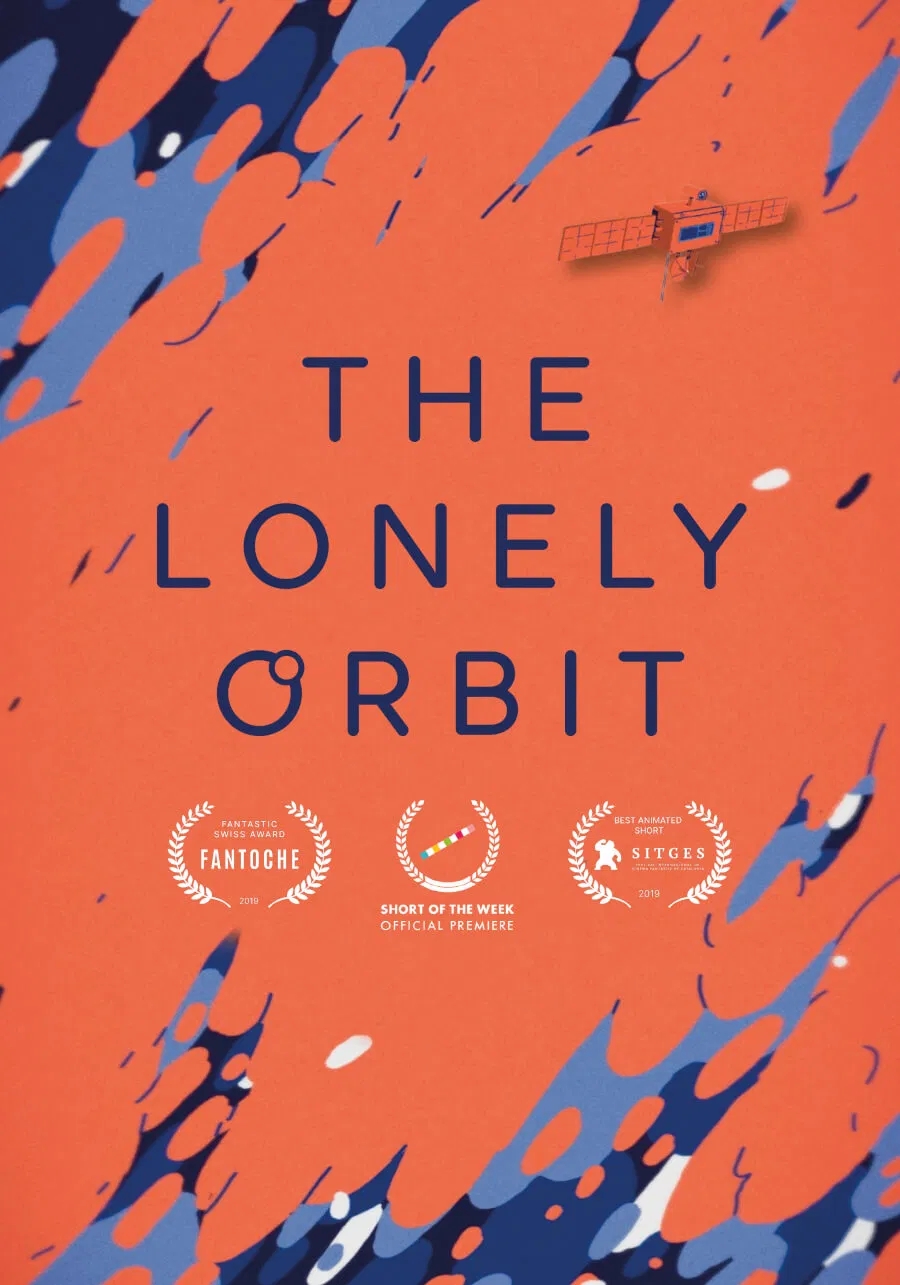Story
Directed by Charles Chaplin and released in 1936, this film is one of Chaplin’s masterpieces, blending comedy with potent social critique. The story follows the iconic Little Tramp character, portrayed by Chaplin himself, as he struggles to survive in a modern, industrialized world. The film is particularly notable for its commentary on the dehumanizing effects of industrialization and the Great Depression. Through a series of comedic yet poignant sequences, Chaplin’s character faces various challenges, from working on an assembly line to getting caught in the cogs of massive machinery, illustrating the absurdities and harsh realities of the modern industrial age.Charles Chaplin not only directed and starred in the film but also wrote the screenplay, produced it, and composed its musical score. His directorial style is evident in the film’s blend of slapstick comedy and social commentary, a hallmark of his work. Chaplin was a pioneer of silent film and resisted the full transition to "talkies," evident in this film, which is considered a hybrid of silent and sound cinema. Though the film has synchronized sound effects and a few spoken words, predominantly it relies on traditional pantomime to convey its narrative, maintaining the silent film charm that Chaplin was known for.The cast alongside Chaplin includes Paulette Goddard, who plays the Gamin, a spirited and resourceful young woman who becomes the Tramp’s companion. Their chemistry on screen significantly adds to the film’s charm and emotional depth. Though it didn’t win any major awards at the time, the film has since been recognized as a critical and cultural landmark. It remains highly influential, often cited as one of the greatest films ever made. This film not only showcases Chaplin’s brilliance as a filmmaker and performer but also serves as a timeless commentary on the struggles of the common man in an increasingly mechanized world.


















